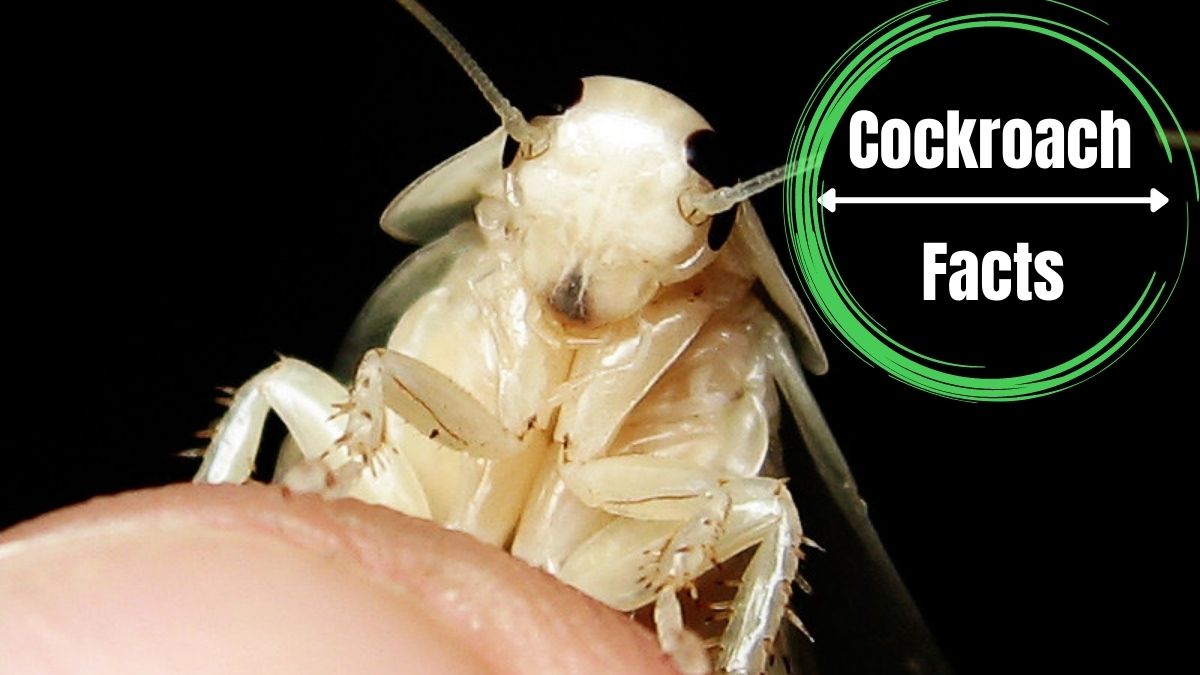White cockroaches are a unique and often misunderstood species of cockroach. While most people are familiar with the common brown or black cockroach, the white cockroach stands out due to its distinctive pale coloration. In this detailed guide, we will explore the characteristics, behavior, and management of white cockroach infestations. By understanding these pests, you will be better equipped to identify, prevent, and eliminate their presence in your home or business.
Identifying White Cockroaches
Physical Appearance
White cockroaches have a pale white or cream-colored exoskeleton, making them easily distinguishable from other cockroach species. They are typically smaller in size, measuring around 1 to 1.5 centimeters in length.
Winged or Wingless
White cockroaches can be either winged or wingless, depending on the stage of their life cycle. Adult white cockroaches that have reached maturity may have wings, while nymphs or young cockroaches are typically wingless.
Behavior
White cockroaches are primarily nocturnal and prefer dark, damp environments. They are known to be fast runners and can quickly scurry away when disturbed or exposed to light.
Natural Habitat and Distribution
Natural Habitat
White cockroaches are commonly found in tropical and subtropical regions. They prefer warm and humid environments, such as kitchens, bathrooms, basements, and areas with moisture buildup.
Distribution
While white cockroaches are not as widespread as their brown or black counterparts, they can still be found in various parts of the world. They are particularly prevalent in regions with high humidity and warm temperatures.
Potential Risks and Damages
Health Concerns
Like other cockroach species, white cockroaches can pose health risks to humans. They are known carriers of pathogens and can contaminate food, utensils, and surfaces with bacteria, leading to the spread of diseases like salmonella and E. coli.
Allergies
White cockroaches produce allergens that can trigger allergic reactions in sensitive individuals. Symptoms may include sneezing, coughing, watery eyes, skin rashes, and respiratory problems.
Structural Damage
White cockroaches can also cause damage to buildings and structures. They are known to chew on materials such as paper, cardboard, fabrics, and even electrical wires, potentially leading to fire hazards.
Prevention and Control Measures
Sanitation
Maintaining a clean and hygienic environment is crucial in preventing white cockroach infestations. Regularly clean up food spills, remove trash promptly, and keep food stored in tightly sealed containers.
Moisture Control
White cockroaches thrive in damp areas, so it is important to address any moisture issues in your home. Fix leaking pipes, ensure proper ventilation, and use dehumidifiers if necessary.
Sealing Entry Points
Seal any cracks, gaps, or openings in your walls, floors, and windows to prevent cockroaches from entering your property.
Professional Pest Control
If you have a severe white cockroach infestation or your preventive measures are not effective, it is recommended to seek the assistance of a professional pest control service. They can assess the situation, implement targeted treatments, and provide long-term solutions.
Conclusion
White cockroaches may be a less common sight compared to their brown or black counterparts, but they can still pose significant problems if left unchecked. By understanding their characteristics, habits, and potential risks, you can take proactive measures to prevent and control infestations. Remember to maintain cleanliness, address moisture issues, seal entry points, and seek professional help when necessary.

